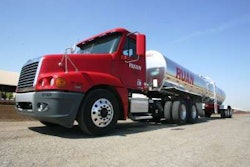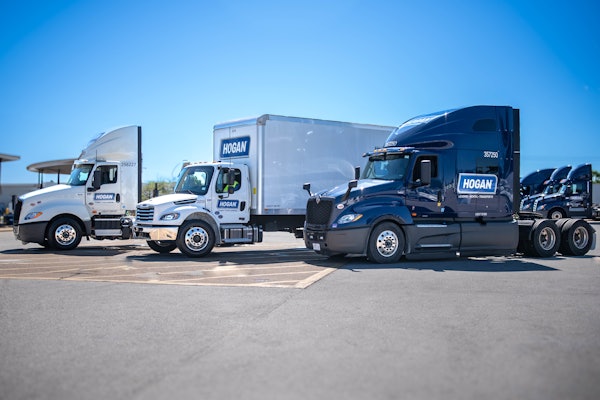Peterbilt announced the availability of new aerodynamic options designed to improve the fuel economy and lower the greenhouse gas emissions of its new Model 348, which is suited for a wide variety of specialty vocations. The options are available for the new Model 337 as well.
Peterbilt says these aerodynamic solutions result in a reduction of 12 percent fuel consumption over a comparable nonaerodynamic Model 348, while also delivering an overall reduction in greenhouse gas emissions. The new aerodynamic options include proprietary roof fairings and aerodynamic mirrors.
“Through extensive aerodynamic evaluation, Peterbilt engineers have designed proprietary options to increase the fuel efficiency for the new Model 348,” says Landon Sproull, chief engineer for Peterbilt. “Peterbilt’s new aerodynamic options will increase fuel efficiency and can add up to $5,000 savings to a typical Model 348 customers’ bottom line.”
Available now, the aerodynamic options include new integral convex aerodynamic mirrors that feature a tough, lightweight chrome-plated housing and are 4-way adjustable for vertical and horizontal adjustments. The new roof fairings are designed of advanced composite materials and are lightweight, durable and color-matched.
“Peterbilt customers are seeking to maximize profitability through innovative engineered solutions to optimize their return on investment,” says Bill Jackson, Paccar vice president and Peterbilt general manager. “Peterbilt’s new Model 348 was designed to meet the demands of virtually any vocation while lowering operational costs.”
Both models are offered with a choice of fuel-efficient and powerful Paccar engines, the PX-6 and PX-8, and are available in a hybrid-electric configuration designed to provide fuel savings gains of up to 40 percent and a reduction of tailpipe emissions of hydrocarbon, carbon monoxide and oxides of nitrogen.










